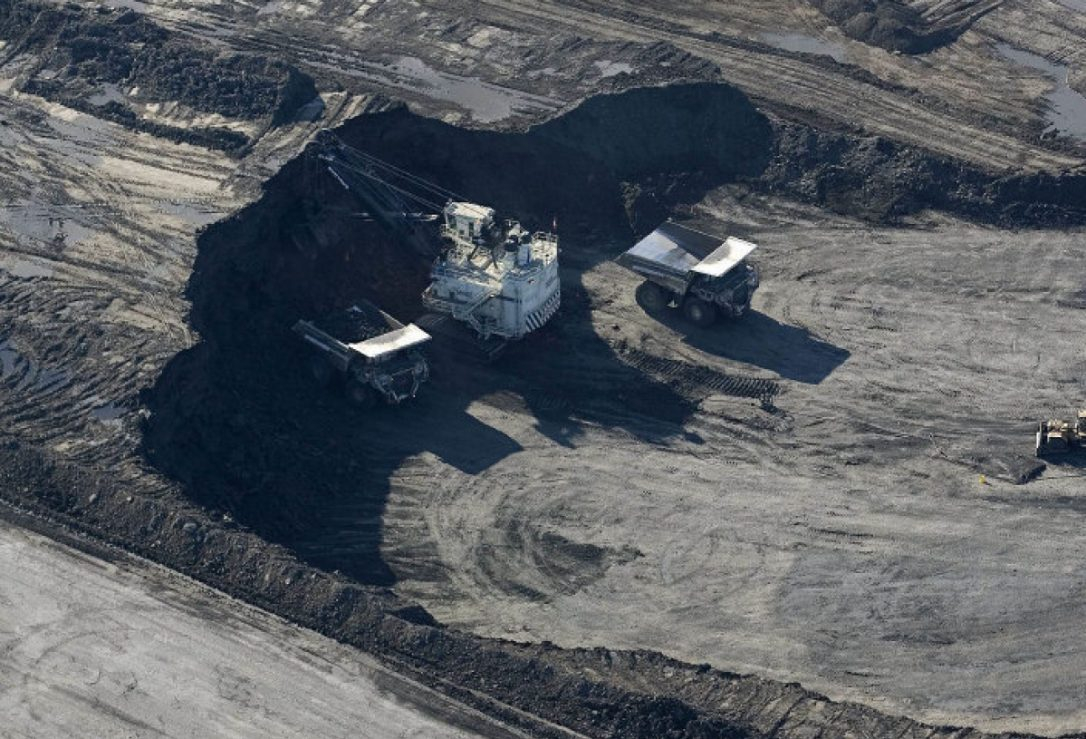Canada's economy advanced 0.5 per cent in July, the second month of recovery from a significant decline in May and a better showing than many economists predicted.
The growth was led by a return to more normal production in the oilsands sector, which was disrupted by wildfires that forced the evacuation of Fort McMurray, Alta.
"Recent monthly GDP figures have been deeply skewed by the see-saw in oilsands output, but that story has now run its course," Douglas Porter, chief economist with BMO Financial Group, said in a research note Friday shortly after Statistics Canada released the data.
"Importantly, the big bounce in July GDP has broken the narrative that the Canadian economy was sinking back into the mire, and will dampen down talk that the Bank (of Canada) would need to cut rates again soon — at least due to domestic factors."
Statistics Canada said there was a 19 per cent increase in non-conventional oil extraction, which includes oilsands. It was the driving force behind a 3.9 per cent increase in the overall mining, oil and gas extraction sector.
Conventional oil and gas extraction rose at a slower pace (0.6 per cent) while mining declined by 3.1 per cent, mostly because of a diamond mine closure for repairs in the Northwest Territories following a fire in June.
The output of goods-producing industries overall rose 1.0 per cent in July while output from service-producing industries advanced 0.3 per cent.
The Statistics Canada report was stronger than a general estimate from economists, who had forecast growth of 0.3 per cent, according to Thomson Reuters.
The gross domestic product figures indicate that Canada's economy began the third quarter on solid footing after it experienced a significant contraction in the second quarter.
"Much like June, July saw a continued recovery of economic activity following the wildfire-led disruptions in May," TD economist Brian DePratto wrote in a commentary.
"The story is more positive than just the recovery however, with a welcome broad-based expansion of economic activity in the month."
Manufacturing output rose 0.4 per cent overall, due to a rise in non-durable goods such as petrochemicals. The finance and insurance sectors grew 0.9 per cent. The transportation and warehousing sector rose 1.1 per cent, in part because of travel to events such as the 2016 Summer Olympic Games in Brazil.
However, there were pockets of weakness.
Durable goods manufacturing fell 1.4 per cent — including declines from motor vehicles and parts and aerospace products and parts — while construction declined for a fourth month in a row, down 0.8 per cent.
Support activities for mining, oil and gas extraction fell for a sixth month in a row, dropping by 6.9 per cent because of less drilling activity.
National Observer exists thanks to reader subscriptions and donations. Please subscribe today.





Comments